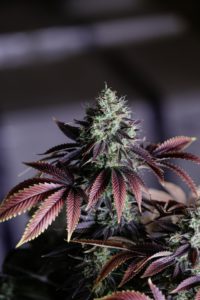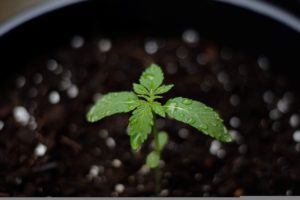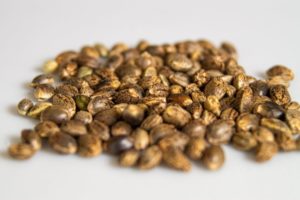Cannabis backcrossing is a technique that is used in breeding to produce offspring that possess the desired traits of the parent plant. This process involves crossing a hybrid plant with one of its parent plants to create a new plant with the characteristics of the parent. The resulting offspring is said to be a backcross, or BC1.
Backcrossing is used to improve the stability and consistency of the offspring, as well as to isolate specific traits that are desirable in the parent plant. For example, a breeder may use backcrossing to isolate the high THC content or unique aroma of a parent plant. This can be done by crossing the hybrid with the parent plant that exhibits these desirable traits, and then repeating the process until the desired traits are consistently expressed in the offspring.
One of the key benefits of backcrossing is that it allows breeders to select and isolate specific traits from a parent plant, while maintaining the stability and genetic consistency of the offspring. This is especially important in the cannabis industry, where growers are looking for plants that produce high yields and exhibit desirable qualities such as flavor, aroma, and potency.
Additionally, backcrossing can also help to preserve rare or unique traits in a particular plant variety. By crossing a hybrid with its parent plant, breeders can ensure that the rare traits are maintained and passed on to future generations of plants.
While backcrossing is a useful tool in breeding, it is important to remember that it is not a guarantee of success. It takes careful planning, patience, and experience to produce plants that express the desired traits consistently. Additionally, it is important to understand the genetic makeup of the parent plants and to choose the appropriate one for backcrossing.
In conclusion, cannabis backcrossing is a powerful technique that is used to improve the quality and stability of cannabis plants. It allows breeders to isolate and preserve desirable traits from parent plants, resulting in offspring that exhibit the desired qualities. While backcrossing is not a guarantee of success, it is a useful tool for breeders looking to create high-quality, stable, and consistent cannabis plants.





